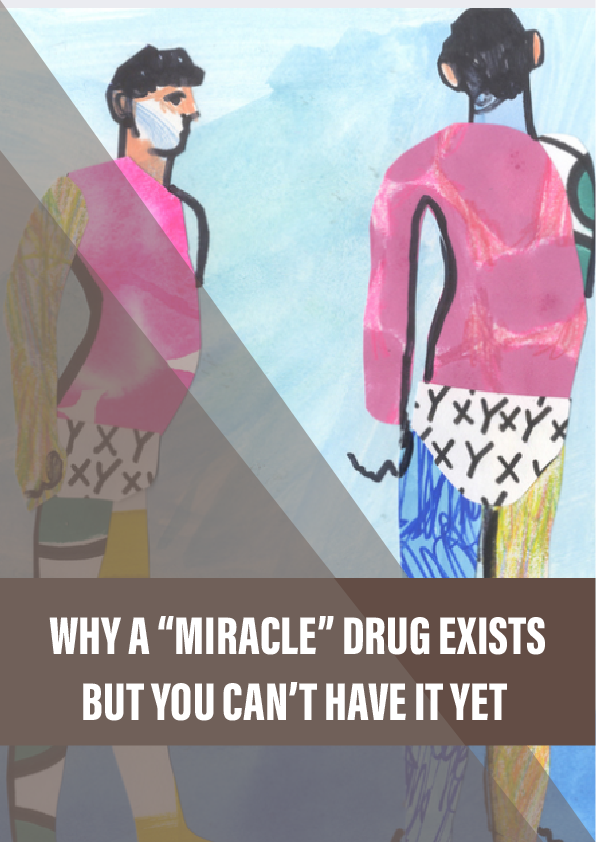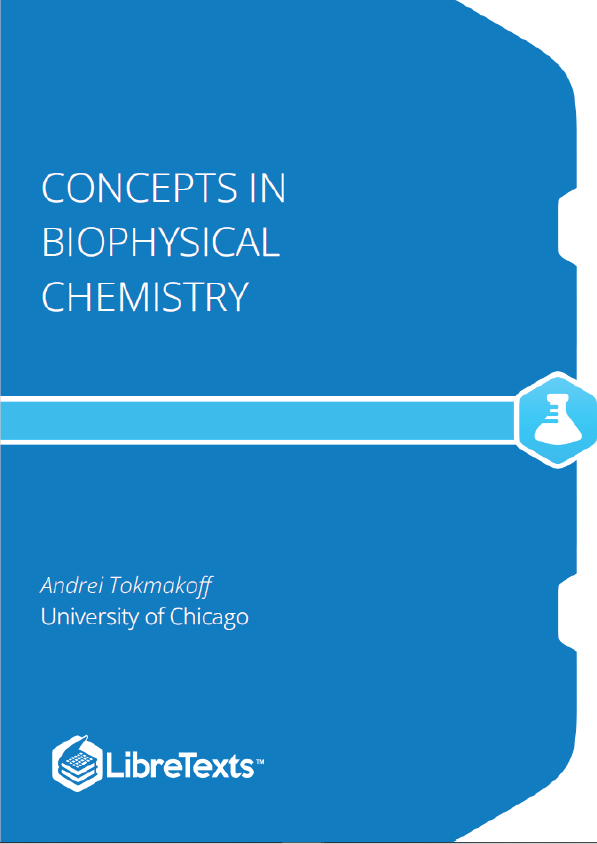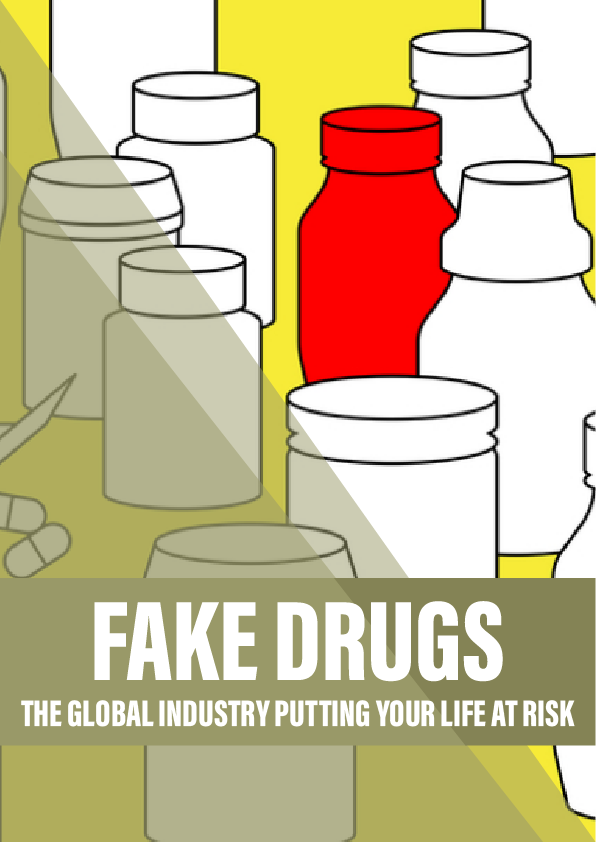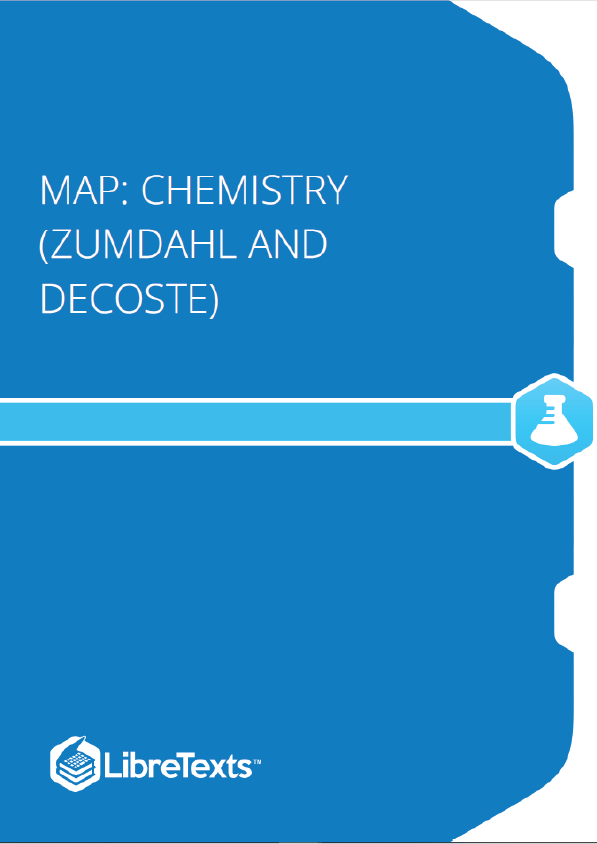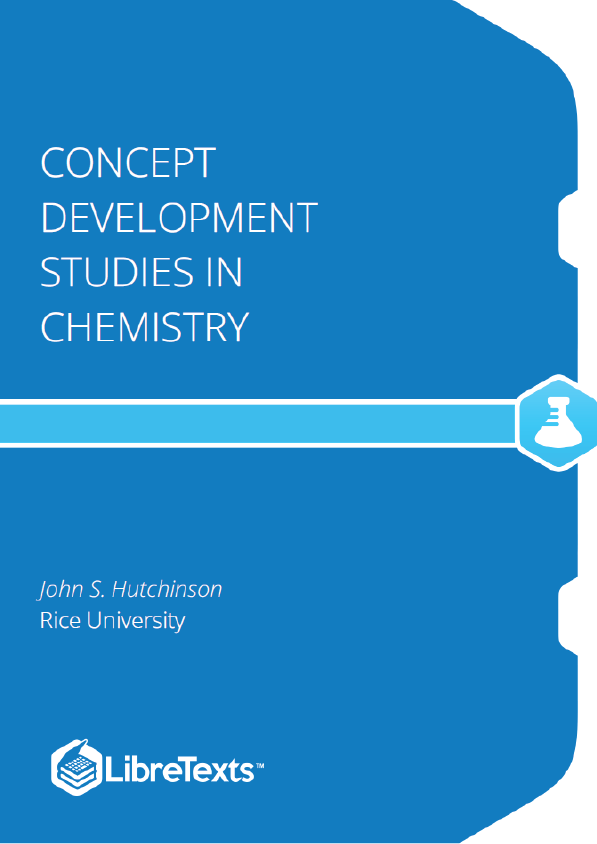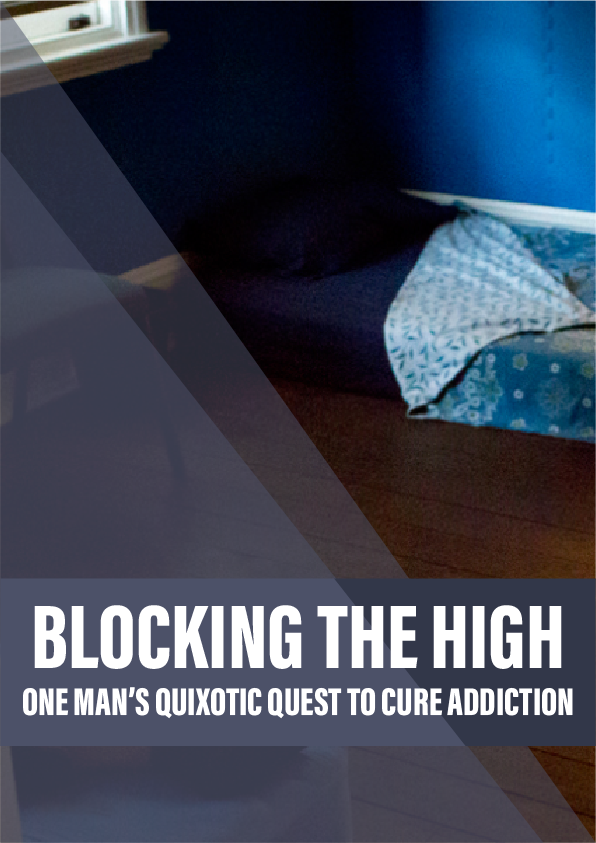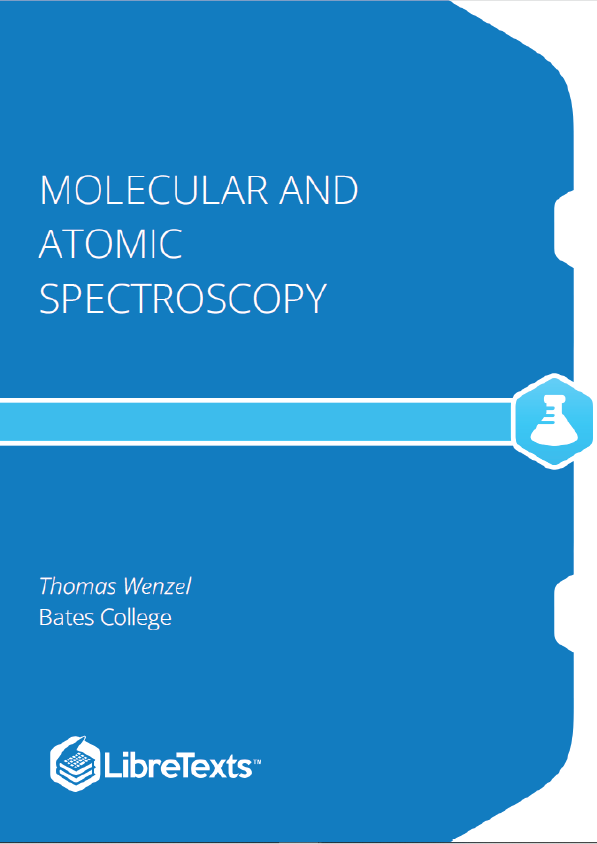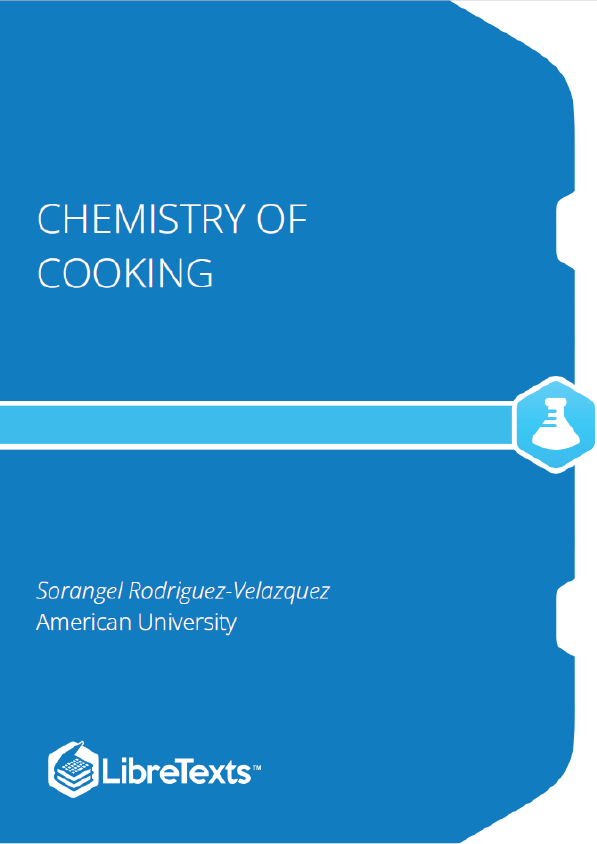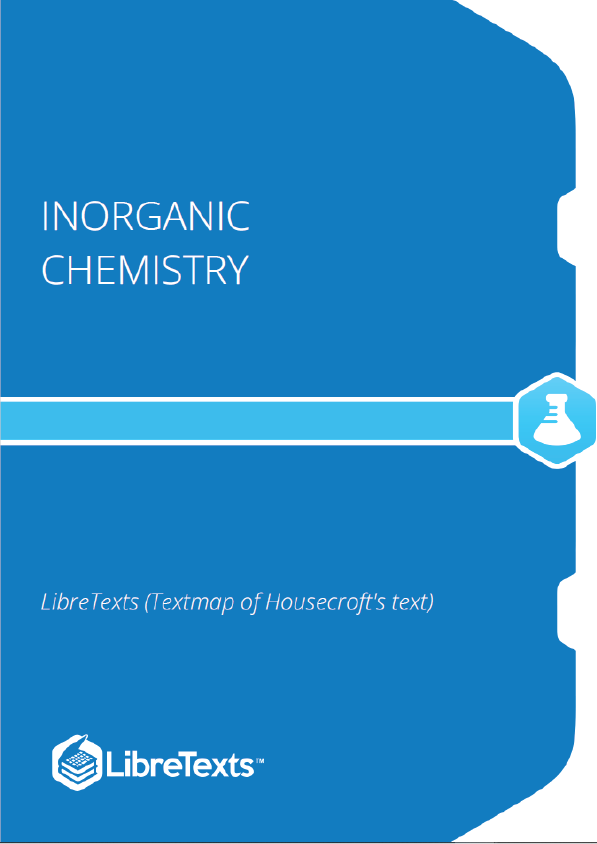It’s supposedly getting easier for innovative drugs for rare diseases like Duchenne muscular dystrophy to reach the market. So why, asks Andy Extance, is hesitancy still proving devastating to desperate families?
Had it begun five years earlier, Leo Le Gal’s story would have followed a depressingly familiar pattern. Aged somewhere between 8 and 11, Leo would lose the ability to walk and go into a wheelchair. In his teens, he’d progressively lose the use of his arms and with them, his independence. And eventually, some time between the ages of 21 and 30, his heart and lungs would give out, causing him to suffocate. But today there is a tantalising hope.
Leo’s parents, Ruth and Damien, got him onto a clinical trial for a drug that promises a reprieve. It’s one of three drugs that are trying a totally new approach: directly treating the genetic problem that causes his disease, Duchenne muscular dystrophy (DMD), rather than simply treating its symptoms. Trials like Leo’s have sent parents scrambling to get their sons on them and have brought the drugs to the threshold of widespread availability. Yet if he weren’t already involved, the drug would probably remain out of reach for him, as it is for most of the 250,000 boys with DMD worldwide.
Leo’s condition occurs because he’s a boy. As a woman, his mother has two X chromosomes, but one has a flaw in the gene carrying instructions for making a protein called dystrophin. Dystrophin sits inside muscle fibre cells and normally helps to hold them together, but the gene for its creation is one of the longest we have and is therefore susceptible to random mutations.
As a boy, Leo inherits one of Ruth’s X chromosomes and pairs it with his father Damien’s Y chromosome. Ruth – with her two X chromosomes – is unaffected by her faulty dystrophin gene because she has a spare; Leo, who has inherited the flawed gene, has no backup. This pattern means that usually only boys have DMD.
The long dystrophin gene makes a large, complex protein that would be unable to get into muscle fibre cells from the outside, meaning the protein itself can’t be a treatment. Instead, steroids have long been the main therapy, boosting what muscle remains and providing better breathing and a healthier heart. But steroids come with a long list of side-effects, making them despised by the Le Gals and other DMD families.
The most obvious side-effect is a round-shaped face, caused by a build-up of the hormone cortisol that encourages fat deposits there and elsewhere throughout the body. The other side-effects include osteoporosis, which gives boys extremely weak bones, and cataracts. In addition, steroid treatment only slows the progressive muscle wasting. When their breathing muscles get too weak, boys with DMD go on ventilation machines, which can add at least ten years to their lives.
By the time Leo’s DMD was confirmed in 2011, the New Jersey-based company PTC Therapeutics had already been testing a drug treatment in boys for nearly six years. When testing whether DMD drugs work, the most important measurement is currently how far recipients can walk in six minutes. In one trial, conducted between February 2008 and December 2009, boys given one dosage for 48 weeks could walk 31 metres further on average than others who’d been on an inactive placebo for the same time. “In the patients who were walking less than 350 m, we saw a greater than 68 m difference in change in distance walked versus placebo,” says the CEO of PTC, Stuart Peltz. “That is one of the largest changes ever seen in the six-minute walk test in a clinical trial.”
Reference:
- A good overview of DMD from Muscular Dystrophy Australia.
- Proceedings from the 2009 DMD meeting held at the EMA published in Neuromuscular Disorders.
- A technical overview of the problems faced by drugs like those developed by Sarepta and Prosensa, published in Science (subscription required)
- More on steroid use in DMD from the Royal Children’s Hospital Melbourne.
- An overview of the drugs in development for DMD in Chemical & Engineering News, which goes beyond those discussed in this piece.
